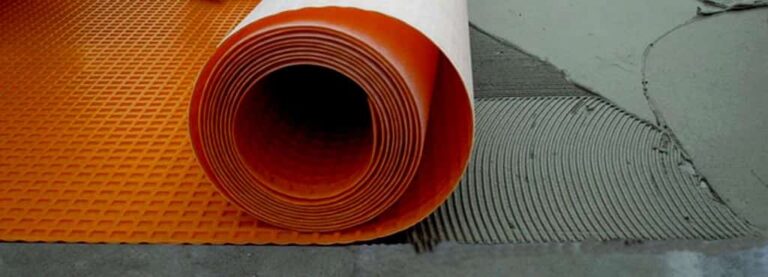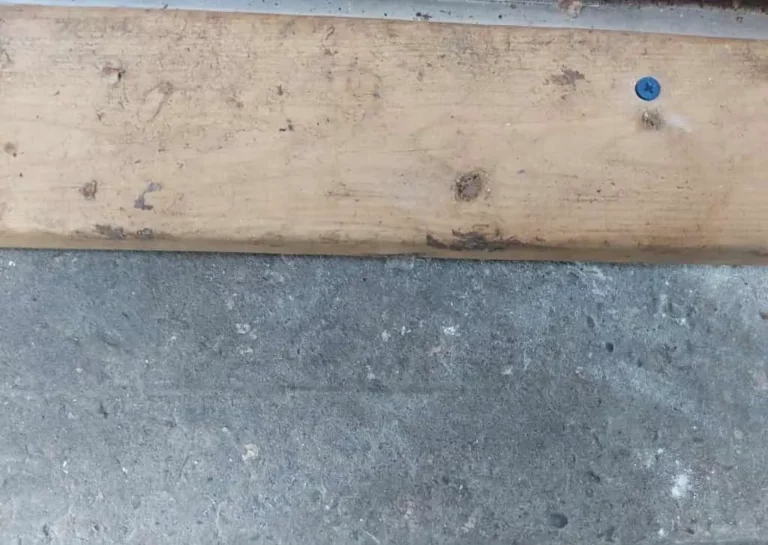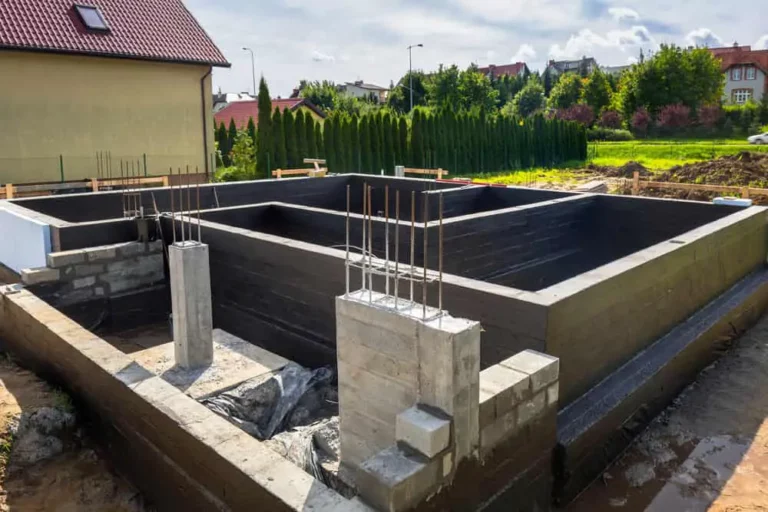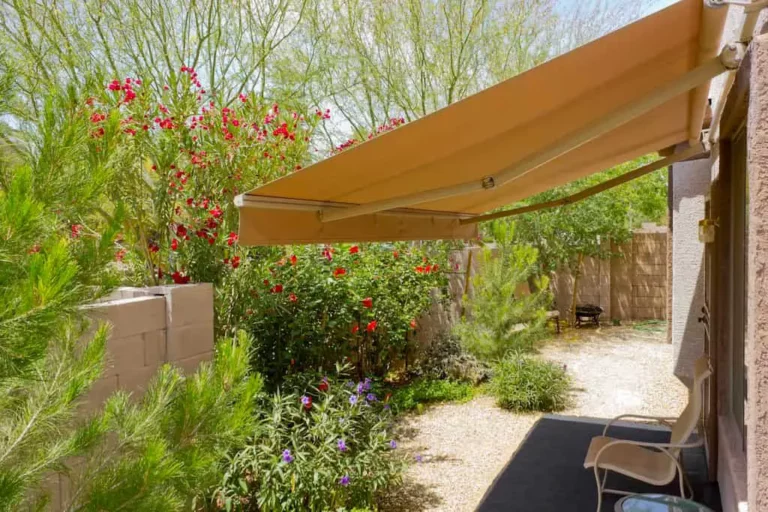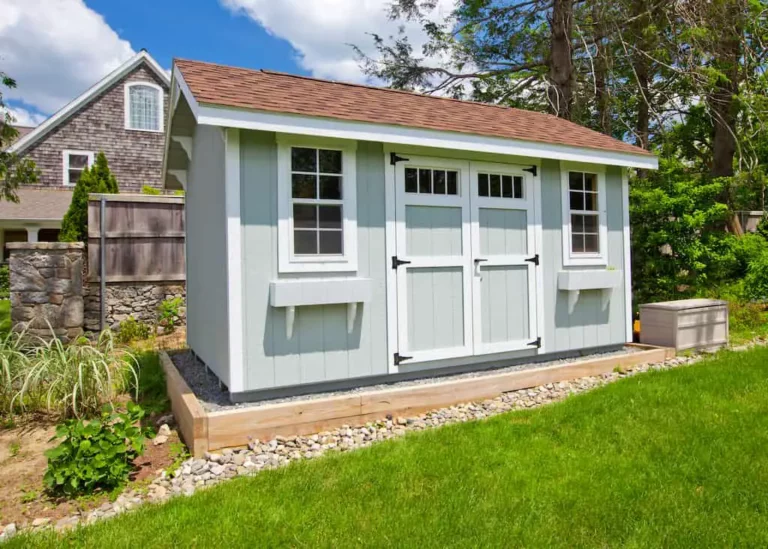Paving Slabs vs. Tiles: What’s the Difference?
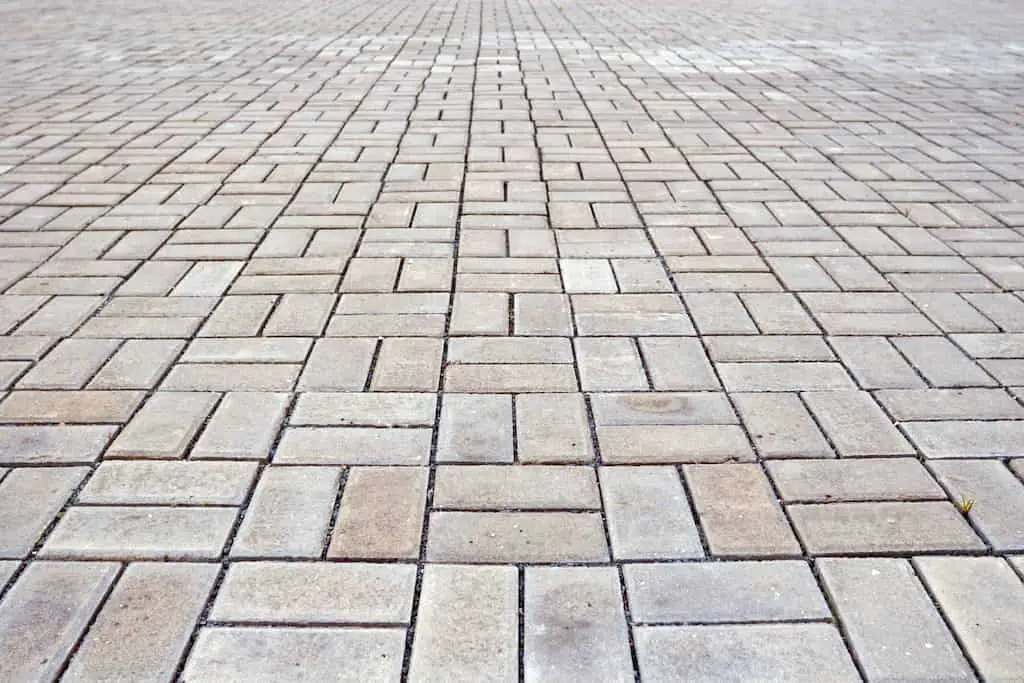
There are a lot of choices when you are choosing flooring for an outdoor project. Paving slabs and tiles come in all shapes, colors, materials, and price ranges. So, how do you know which one is right for your project?
The differences between paving slabs and tiles include surface texture and weather resistance. Paving slabs are formed from bricks, stones, or shaped concrete, making them ideal for outdoor use. Alternatively, tiles are thinner, crafted from glass, ceramic, or clay, and suitable for indoor projects.
Tiles can actually be considered a type of paver, depending on what they are made out of and how durable they are. However, it is important to consider their differences when choosing which one to use for a particular project. Read on for an overview of the best uses for paving slabs versus tiles.
What Are Paving Slabs?
Paving slabs are heavy-duty flooring material and are usually used in outdoor spaces. While they are sometimes called pavers, a paving slab generally refers to a larger piece of material than an individual paver.
It is common for paving slabs to create a pattern or design out of the individual pieces. Even just a simple row of bricks can be more visually interesting than a long expanse of smooth concrete. Some paving slabs come pre-made, but you can also make your own by pouring concrete into a paving mold.
Amazon.com sells Betonext Design Concrete Molds to make concrete paving slabs that look like natural stone. Or, if you prefer a more cobble-stoned look, they have the CJGQ Reusable Concrete Pathmate. Either of these molds will let you make professional-looking paving slabs for your projects without needing to hire a professional.
Types of Paving Slabs
If you do not want to make your own paving slabs, there are plenty of options for sale. Pavers are most commonly made out of concrete, natural stone, or bricks. Some manufacturers sell solid slabs by the meter rather than individual pavers. This is not possible for natural stone, but companies can press the design of individual pieces into manufactured materials like concrete to create the illusion of individual pieces.
There are also different ways of laying pavers into the ground. Some are simply placed next to each other in the pattern and shape that you want. Others, called segmental or interlocking pavers, are designed so that the edge of one interlocks with the edge of the next. This makes the pavers more flexible and resistant to pressure and movement.
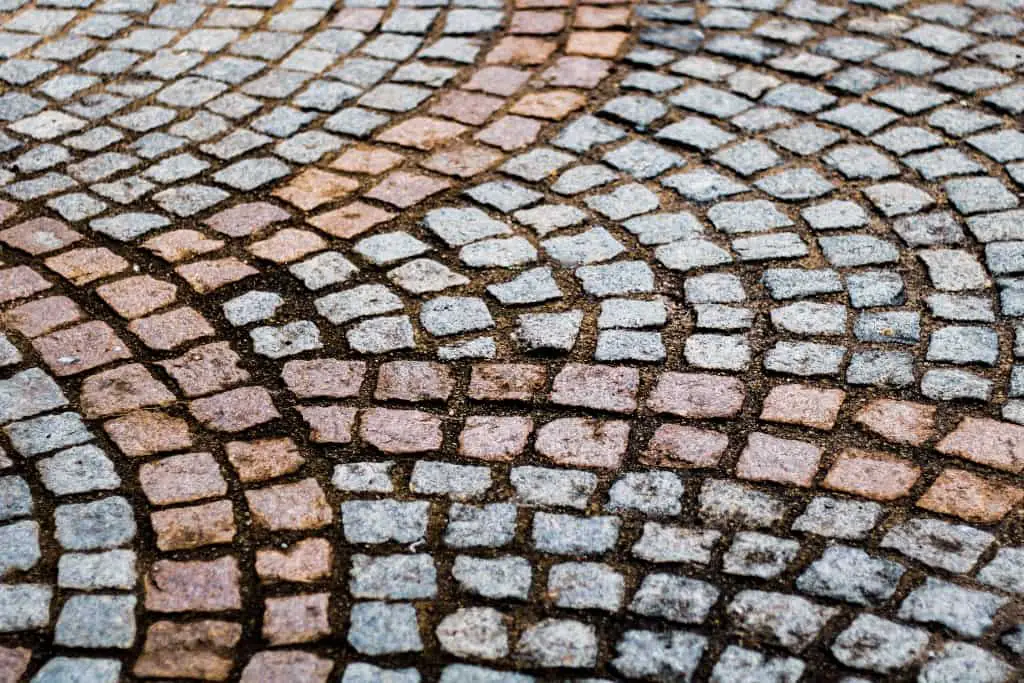
Because paving slabs are made for outdoor use, they are weather-resistant and have a non-slip surface texture. Good paving slabs won’t absorb water or fade in the sun and can withstand a large amount of weight and pressure.
Uses for Paving Slabs
Paving slabs are used for walkways, driveways, patios, roads, courtyards, and piazzas. There are paved roads dating back to the Roman Empire in Europe that are still present, which speaks to the strength and durability of paving slabs. Today, paving slabs are found in backyards, public parks, and numerous outdoor spaces, both public and private.
What Are Tiles?
Tiles come in a much broader variety than paving slabs. They are generally thinner than paving slabs and come in a much wider variety of colors and designs. Some tiles are purely decorative rather than functional. Many tiles are glazed, which makes them smooth and shiny.
The earliest examples of tile are from ancient Mesopotamia, and they were originally used as a protective outer layer on buildings. Since then, they have been used indoors and outdoors for both decorative and functional purposes.
Tiles are always individual pieces, and while they are commonly square or rectangular, they can come in any shape. Some are solid colors, while others are painted with intricate patterns and designs. Mosaics are often made of colorful tiles arranged into a design or pattern.
Most tiles need to be set into a mortar or attached to a surface with an adhesive. Usually, the spaces between the tiles are filled in with grout to seal them and keep moisture and dirt from getting under the tiles. However, some modern tiles are interlocking and do not require grout.
Types of Tiles
Tiles come in every material, from glazed ceramic, porcelain, terracotta, and glass, to rubber, slate, mineral fiber, and metal. The variety of materials adds to their wide range of uses. Most tiles for floors and roofs are smooth and flat, while wall tiles and decorative tiles are sometimes three-dimensional.
Floor and wall tiles are usually glazed, but roof tiles and ceiling tiles are not. Roof tiles also tend to overlap one another to create a seal, whereas tiles on a flat surface do not. There are intricately hand-painted tiles and mass-produced plain colored tiles. Some are graded for outdoor use, and others are strictly indoor.
Uses for Tiles
Because tiling is versatile, durable, and easy to install, it is used in everything from playgrounds to decorative tables. What you can use a tile for depends on what it is made out of and what conditions it can survive.
Mineral fiber tiles are used in ceilings to insulate rooms and act as a fire retardant. Foam and rubber tiles are used as playground bases as a cushion for children. These are more modern tile technologies, and they tend to interlock like segmental pavers.
More traditional glazed tiles are used for walls and floors in kitchens and bathrooms or in outdoor features like pools and fountains. Slate and terracotta tiles are a type of unglazed tile that is best for roofing. A lot of tile is waterproof and weather-proof.
However, some types of stone tile are not good for areas that freeze in the winter. Water can seep into these, and when it freezes and expands in the winter, that water can crack the tiles. Stone tiles are better suited for indoor use.
Can You Use Tiles as Pavers?
Whether or not you can use tiles as pavers depends on the type of tile it is. There are plenty of tiles made specifically for outdoor use, particularly porcelain or travertine tiles. You can also apply a sealant over the top of outdoor tiles for extra protection against weathering and heavy use.
If you have fallen in love with the design of a tile that is not durable enough to be a paver, there is a creative solution. You can pour your own concrete pavers using a mold and then press the tiles you love into the top of the wet concrete. This works with whole tiles or broken pieces of tile arranged like a mosaic.
Once the concrete dries, the tile is secure. The concrete underneath will bear the brunt of the weight and pressure that you put on the pavers. However, the tile will still be slippery and susceptible to sun-fading or weather damage. Your best bet for lasting flooring would be to choose an outdoor tile for this method.
Conclusion
Pavers and tiles are both useful architectural and design tools. You can use either for an outdoor space as long as they are weather-resistant and not too slippery. Pavers have some advantages over tiles, though, as you can purchase them in larger pieces that take less time to install.
You can also make your own pavers easily with concrete and an inexpensive mold. However, tiles come in a much wider variety of designs and materials, so you can customize and personalize your project more with tiles and use them for more projects in general.
